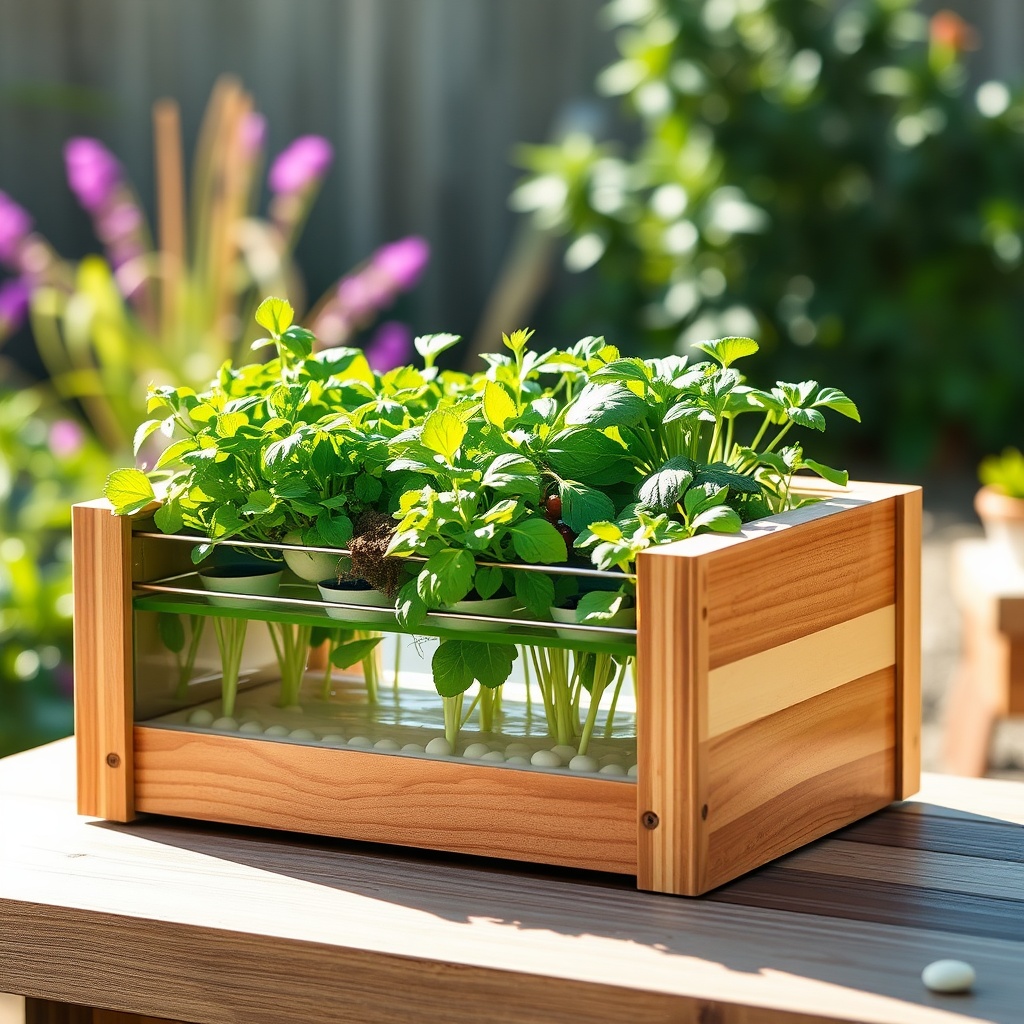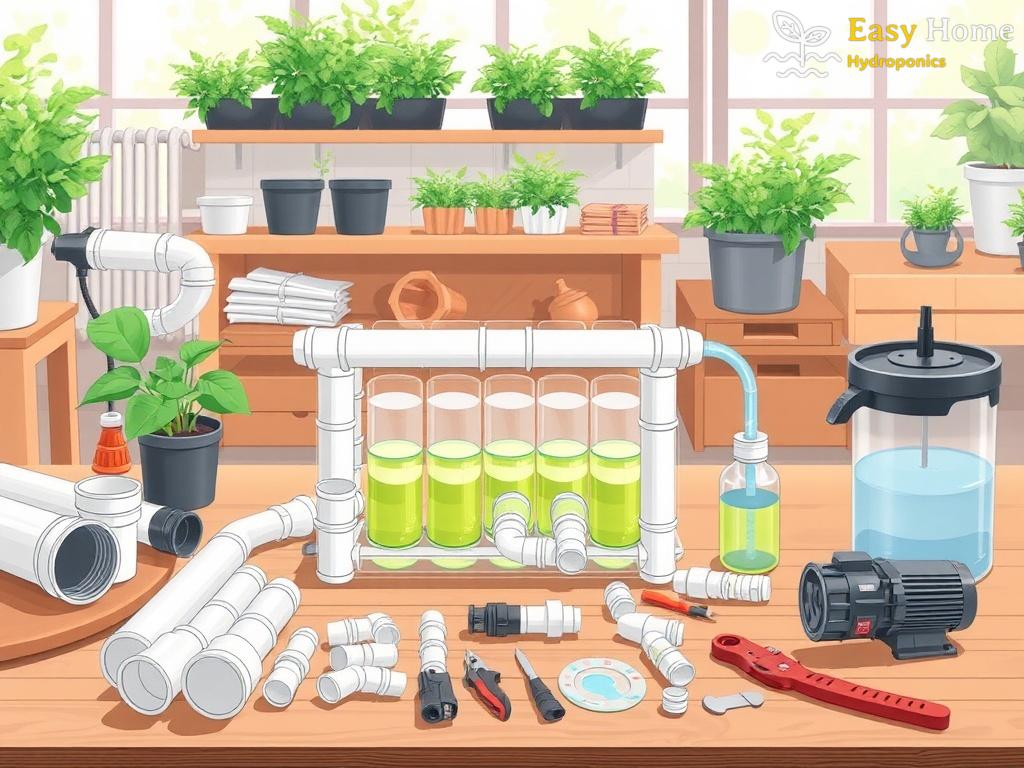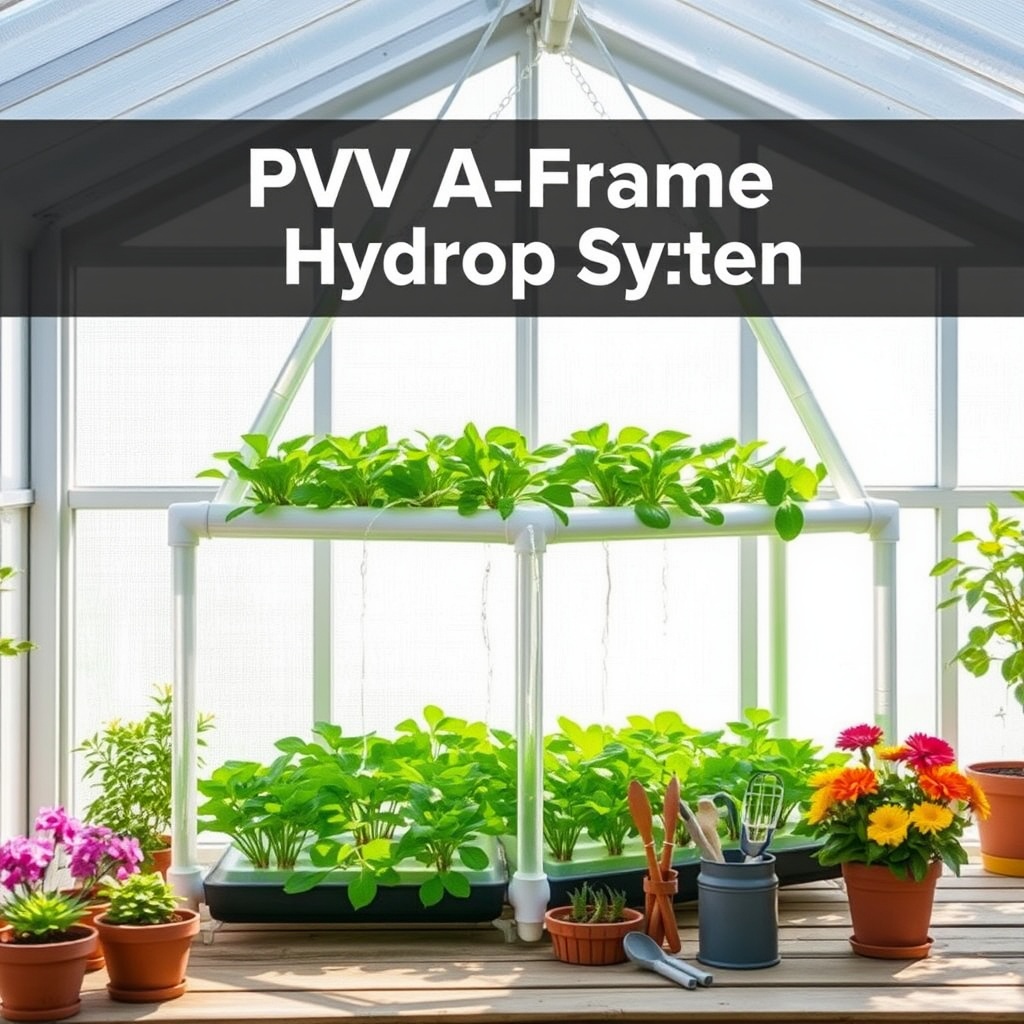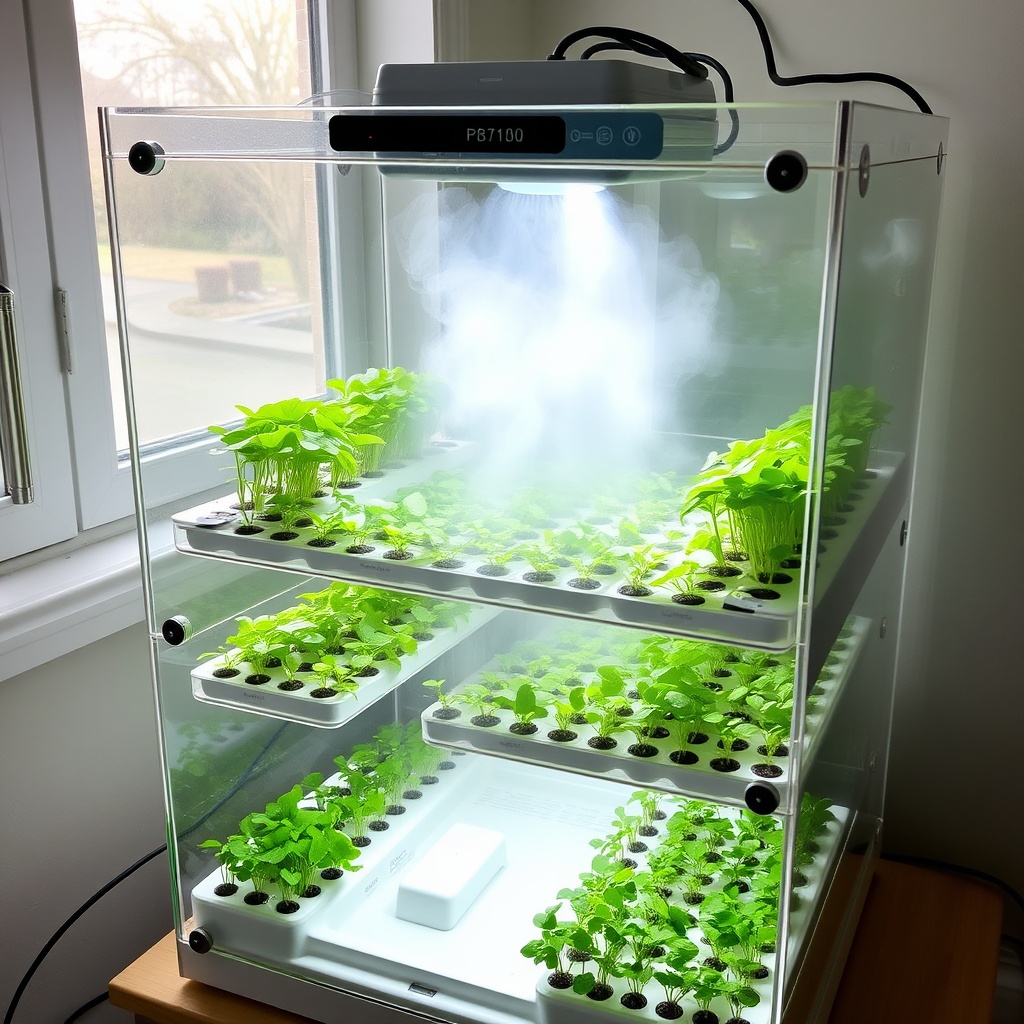Are you tired of the traditional gardening methods that require constant attention and maintenance? The innovative solution lies in the self-watering hydroponic planter box! This modern gardening technique not only conserves water but also maximizes plant growth. In this article, we’ll explore how to build your own self-watering hydroponic planter box, ensuring a lush and vibrant garden with minimal effort.
Why Choose Hydroponics?
Hydroponics is revolutionizing the way we cultivate plants by allowing them to grow in nutrient-rich water rather than soil. This method offers numerous advantages, including faster growth rates, the ability to grow plants in limited spaces, and reduced risk of pests and diseases. With a self-watering system, you can enjoy these benefits without the hassle of daily watering.
Key Components of a Self-Watering Hydroponic Planter Box
Building your own self-watering hydroponic planter box requires a few essential components. Understanding these elements will help streamline your project and ensure success. Here’s a quick overview of what you’ll need:
- Container: A large container to hold your plants and nutrient solution.
- Reservoir: A separate section for water storage that feeds into the planter.
- Growing Medium: Options include clay pellets, rock wool, or coconut coir to support plant roots.
- Nutrient Solution: A balanced mix of water-soluble fertilizers tailored for hydroponics.
- Pump and Tubing: To circulate water from the reservoir to the plants.
Step-by-Step Guide to Building Your Planter Box
Ready to roll up your sleeves? Follow these steps to create your own self-watering hydroponic planter box:
- Gather your materials based on the key components listed above.
- Cut the large container to create a partition for the reservoir.
- Install a small pump in the reservoir and connect it with tubing to the top of the planter box.
- Fill the planter box with your chosen growing medium.
- Mix your nutrient solution and fill the reservoir.
- Plant your seedlings and turn on the pump to begin the self-watering process.
With just a little effort, you can enjoy the satisfaction of growing your own herbs, vegetables, or flowers in a self-sustaining environment. The self-watering hydroponic planter box not only saves you time but also brings the joy of gardening into your home.




